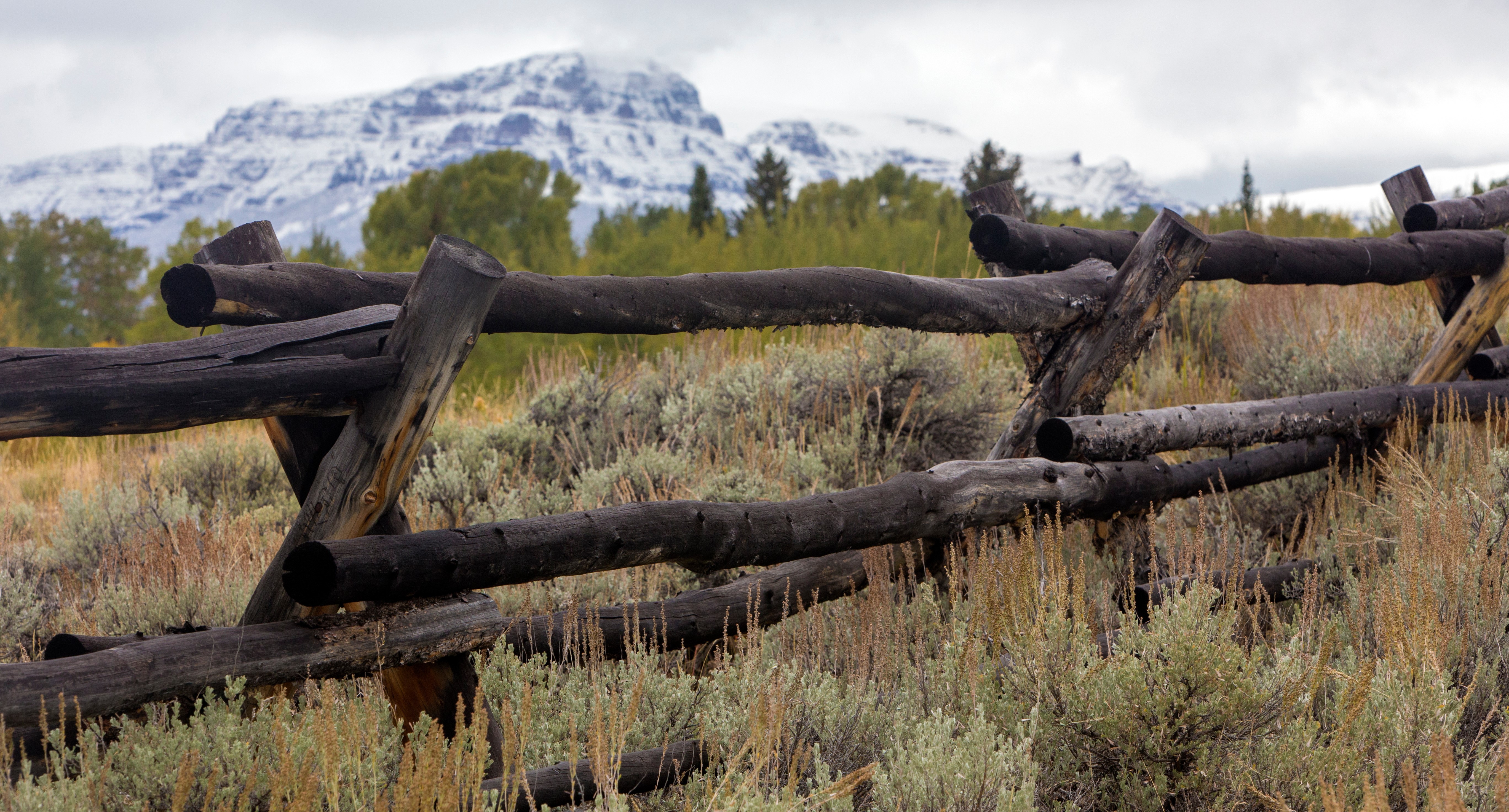Wildlife HAbitat
Grazing lands provide important habitat for a wide variety of wildlife, including those with large overland migrations. In addition to supporting native plant diversity that wildlife like to eat, ranchers also provide a safe space from large predators and an easy food source in harsh winter conditions. In sudden snowstorms or fast-moving fires, you’ll find deer and elk on grazing allotments and ranches.
Wildlife movement varies based on animal need and other conditions, and these year-to-year variances mean that wildlife take different paths across the land on a regular basis. As a result, PLC opposes efforts to establish federally designated migration corridors or wildlife movement pathways. More lines on a map cause more bureaucracy, rather than allowing for the kind of flexible management wildlife and landscapes need.
PLC Recommendations
Encourage state-led wildlife habitat initiatives. States are responsible for management of wildlife, so management of habitat should be led by states to facilitate the most cohesive outcomes.
Maintain wildlife habitat priorities as part of the multiple-use mandate. Often, advocates urge policy that would elevate wildlife priorities above all other multiple uses without consideration of the multiple-use balance. Managed grazing, thoughtful recreation, and meaningful ecosystem management support wildlife in appropriate balances.
Recognize the important contribution ranchers make to wildlife habitat. Without ranchers and grazing, federal grazing allotments would go without management that supports wildlife needs. Federal agencies could not do this work alone, so support of permittees’ presence on the landscape is paramount.
Warm water fish research
Most fish research relied upon as a basis for decision making by the Fish and Wildlife Services (FWS) and others has been based on habitat requirements of cold-water fish. The use of that data to inform native warm water fish management decisions in the southwest is not scientifically supportable due to significantly different species habitat and survival requirements. And the science exists – scientists at the Rocky Mountain Research Station have been doing research on listed native southwestern warm water fish and have compiled over a decade of data on Arizona and New Mexico streams.
PLC Recommendations
Warm water fish research needs to be continued and targeted on grazing/fish population interactions in order to inform federal management of warm water streams and adjacent Bureau of Land Management (BLM) grazing allotments.
PLC supports continued research to develop a scientific basis for federal land management actions to promote recovery of native warm water fish populations.
Bighorn sheep manangement
Federal policy on bighorn sheep management has created management challenges across the West due to herd failure as a result of endemic disease. Bighorn sheep and land health have paid the price, as failed herds have resulted in protective federal policy that does not address bighorn disease risk. Introductions or translocations of bighorn sheep have increased risks to other established bighorn sheep herds and to domestic sheep, since little pre-movement testing is conducted.
PLC Recommendations
Oppose efforts to inaccurately hold domestic sheep accountable for bighorn sheep health issues. M. ovipneumoniae is endemic to a number of wild sheep and wildlife populations, including moose, mule deer, white-tailed deer, bison, and others. These animals are in regular contact with bighorn sheep, while domestic sheep are not, so restricting grazing and domestic sheep management is irresponsible.
All animals moved should be tested to ensure they are not carrying disease into new areas. Bighorn sheep and goats should not be reintroduced into vacant allotments without robust disease testing and confirmation they are disease-free.
Grazing allotments should not be closed as a result of an agency’s desire to establish new herds. Elevating bighorn needs over grazing violates the multiple-use management mandate and puts landscapes at risk of disease and from removal of management. Additionally, reduction of grazing allotments for sheep puts meat processing facilities, woolen mills, and the domestic woolen mills.
